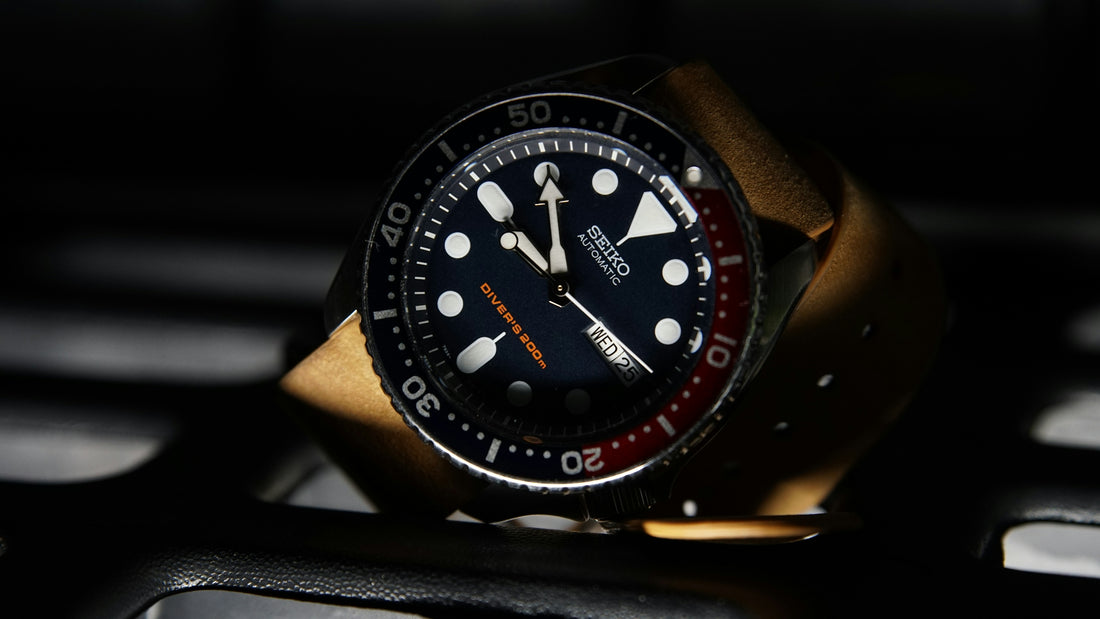
The Evolution of the Automatic Watch: From Vintage to Modern
Share
The world of horology is a fascinating landscape, constantly evolving while still honoring its storied traditions. Today, we'll journey through the evolution of the automatic watch, from its vintage roots to its modern interpretations, highlighting key developments and timeless styles. Whether you're a seasoned collector or a curious novice, understanding this evolution can significantly enhance your appreciation of these mechanical marvels.
The Vintage Era: The Dawn of the Automatic Watch
Automatics, or self-winding watches, were revolutionary in their inception. The need to wind a watch manually was ingeniously eliminated by the introduction of a rotor that oscillated with the movement of the wearer's arm. Early examples, such as those from brands like Rolex and Jaeger-LeCoultre, set the cornerstone for what would become a beloved feature in watchmaking history.
One of the vintage styles that continue to captivate enthusiasts today is the Dress Watch. Known for their understated elegance and classic lines, vintage dress watches made an indelible mark on formal fashion. These watches were often manual or automatic, showcasing the best of what mechanical watchmaking had to offer during the mid-20th century.
The Quartz Revolution and its Impact
With the advent of the Quartz Watch in the 1970s, the watch industry faced significant disruption. Quartz's incredible accuracy and affordability challenged the dominance of mechanical movements. However, rather than leading to their extinction, this revolution ignited renewed interest and innovation within the automatic and mechanical realms.
Brands took inspiration from the precision of quartz technology while maintaining the artistry of Mechanical Watches. The result was an array of automatic watches that offered both technological innovation and aesthetic beauty, satisfying a wide spectrum of watch enthusiasts.
Modern Times: Merging Tradition with Technology
Today's automatic watches bring together the remarkable craftsmanship of the past with cutting-edge technology. Modern automatics feature advanced materials, improved movement designs, and often incorporate elements such as see-through case backs, allowing wearers to marvel at the intricate mechanics within.
When seeking a balance of value and aesthetic appeal, many watch enthusiasts turn to pieces that draw inspiration from classic styles. Homages to timeless designs, such as Bauhaus-inspired pieces like the Max Bill, not only celebrate historical styles but also provide accessible options for those new to collecting. These watches often feature minimalist dials and clean, functional layouts, staying true to the Bauhaus ethos of "form follows function."
For those interested in exploring the diverse and captivating world of watches further, visit The Watch Cove.
Conclusion
The journey of the automatic watch from vintage to modern illustrates the perfect blend of tradition and innovation. Whether it's a classic dress watch or a modern automatic that catches your eye, each piece embodies a legacy of craftsmanship and a commitment to the timeless art of watchmaking. As we continue to look to the future, the automatic watch remains a testament to the enduring allure of mechanical innovation in an age that is increasingly digital.